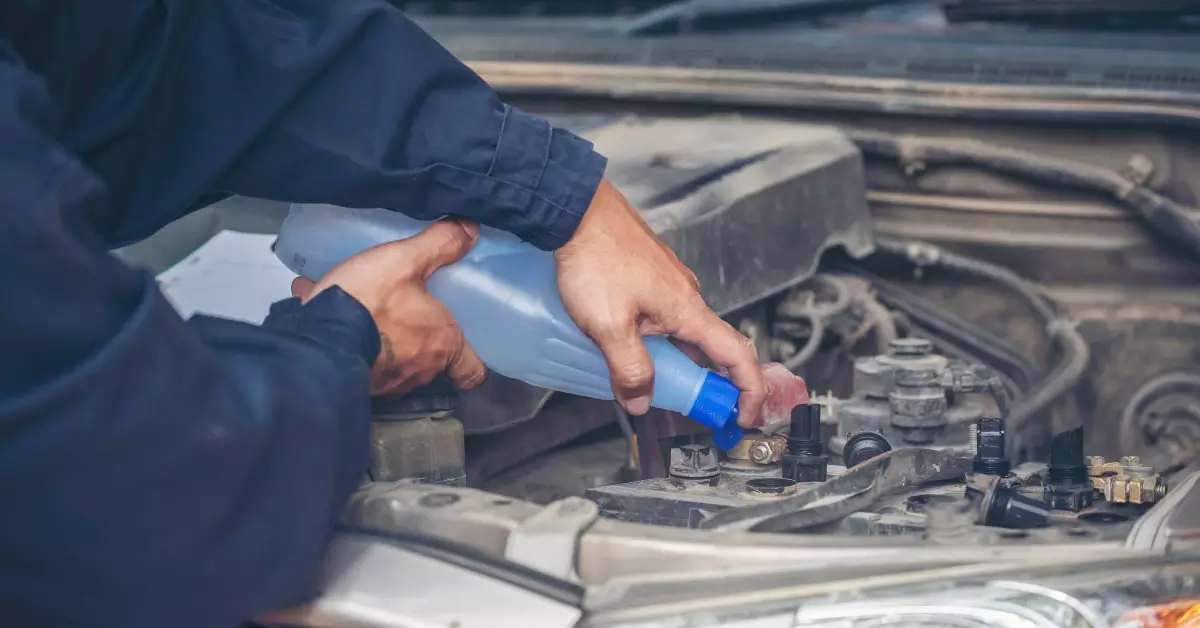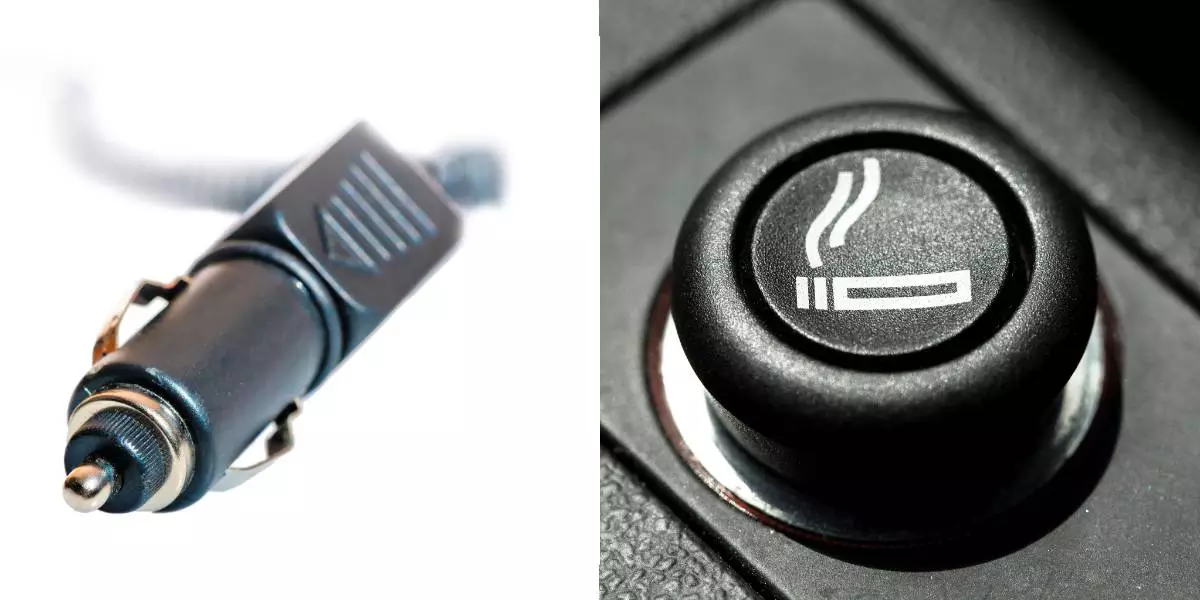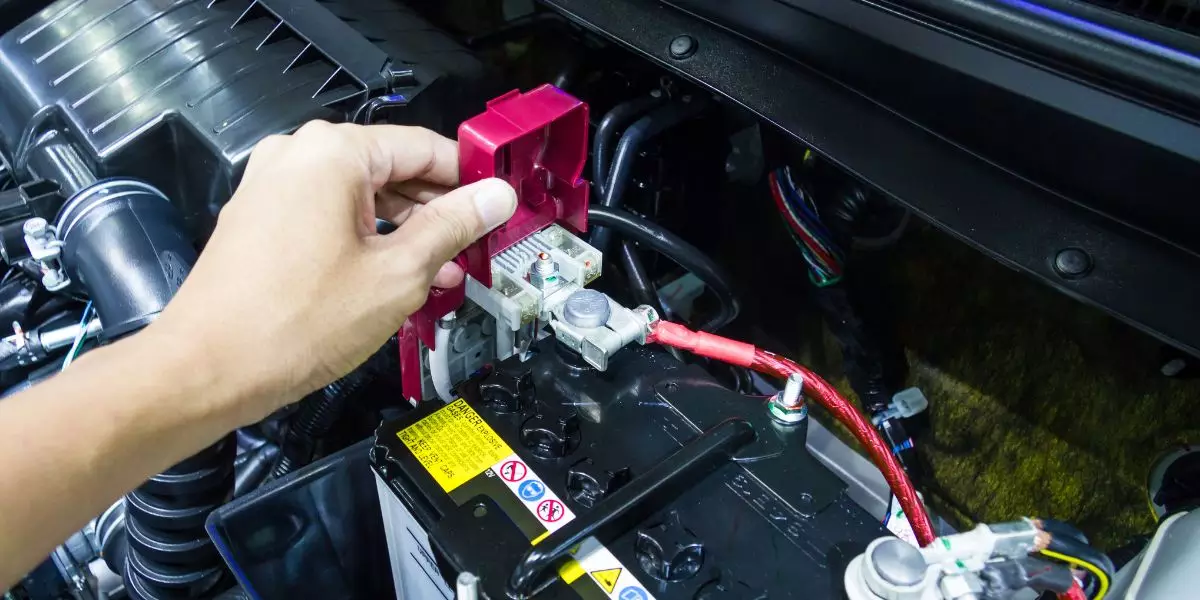Batteries, specifically lead-acid, are made out of flat lead plates that are submerged in an electrolyte solution. The electrolyte is made up of sulfuric acid and water. The amount of electrolyte and plate size dictates how much charge batteries can hold.
Hence, the presence of water is essential to the operation of a battery.
When the battery is re-charging, power goes through the water part of the electrolyte. Then, hydrogen and oxygen, the water’s original components, are extracted. Keep in mind that these elements are converted into a gas state and are very flammable.
Due to the fact that gassing causes a loss of water, batteries have to have water added to them on a regular basis. The exception is low-maintenance batteries, which can compensate for water loss.
Keep in mind that both overwatering and underwatering can cause battery damage. To maintain your battery’s optimal performance, follow these watering tips.
Safety First
When working with batteries, be sure to wear protective gear such as safety glasses and gloves before starting. Additionally, it is critical to know that certain batteries require a frequent watering routine, while others are mostly maintenance-free. Be sure to check the manual for your battery!
Also, be very aware of the various labeling on the battery when you are trying to water it or do some kind of service. Generally, you will be able to find warning labels. It’s very crucial that you follow these instructions to the dot. Otherwise, you may end up in a hospital.
Watering The Battery
The first step is to check the water level of the battery before charging. Remember, you should only start charging when there’s enough water to completely submerge the plate.
However, the best practice is to only add water when the battery is fully charged. But, this is just the second priority. The first is to ensure plates are submerged.
After charging, add water to the vent, about 3/4 below the cell’s top. It is imperative that sulfuric acid should under no circumstances be added to any battery. The only thing that a battery will consume while it is working normally is water, not sulfuric acid.
If you notice that the electrolyte level in your battery is getting low, topping it up with water will restore the battery to good health and make it safe to use.
Avoid Overwatering
When a battery is being charged, the solution will become denser as a result of the process.
If an excessive amount of water was added prior to charging the battery, the electrolyte levels would expand too much. This will cause the battery to overflow, which will, in turn, cause the battery to be damaged. Mind you that any overflow outside the battery can cause damage to whatever it touches.
Also, if you add too much water to a battery, it can dilute the electrolyte, which will reduce the battery’s performance.
What To Use
Perhaps the most important thing to remember is NOT to add tap water to the battery!
Even when added in small amounts, the minerals found in tap water can have a negative impact on performance and will harm the battery. This is especially true for water that has been softened by chloride-based water softeners.
To be safe, you should use distilled water
Distilled water is free of minerals that could damage the battery. Water will stay above the acid solution. During charging, bubbles will start appearing. And, the presence of the bubbles will mix the water and acid solution. Also, if you want to use a hydrometer, only take measurements once the charging process is complete.
When To Add Water
The amount of time that passes between watering your battery depends on how frequently you use it. A weekend-only golf cart battery may need once-a-month watering. A forklift that is used almost all the time might require weekly battery watering.
Also, when the weather gets hot, the need for watering increases.
It is critical to perform routine checks on the amount of fluid contained within your battery. And, the ideal time to do so is immediately after the charging process has been completed.
Wrapping It All Up
To address the original question – the answer is yes you can add water to a car battery.
Not only can you add water to your battery, but it is actually a requirement. Your batter needs an electrolyte solution to work, and water is among the components. However, you can’t add tap water and only use distilled water instead.






One response to “Can You Add Water To A Car Battery Find Out”
[…] not require you to maintain them. That means you won’t have to keep checking them occasionally or refilling them just so they’ll […]